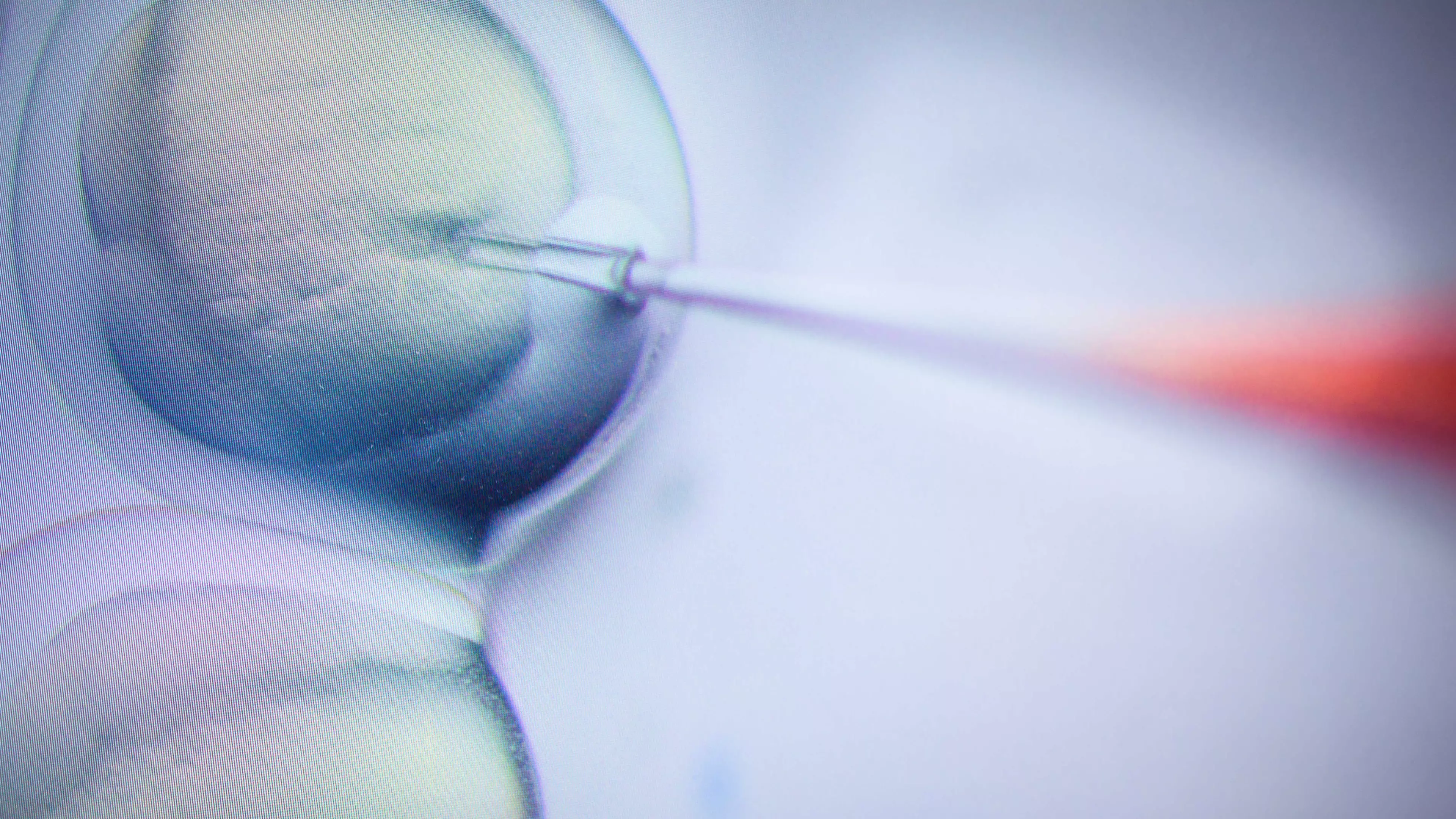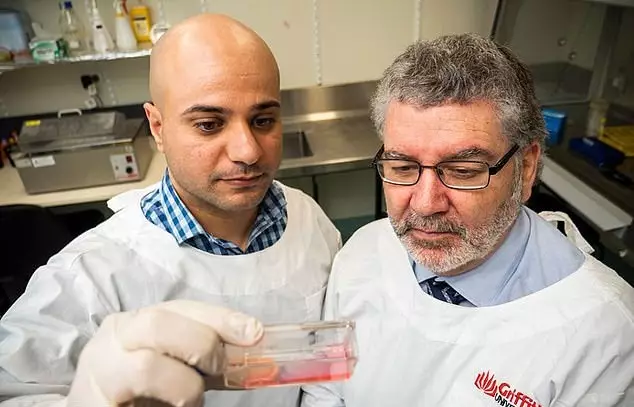
Australia could be about to become the first country to eradicate cervical cancer after making a major scientific breakthrough.
Researchers at Griffith University in Queensland have manged to target cervical cancer tumours in mice using gene-editing techniques and 'stealth' nanoparticles.
If that seems to you like too much scientific language, you're not alone. What it represents is really important, though. It could eventually save the lives of loads of women worldwide.
Professor Nigel McMillan, the lead researcher at Griffith, said that this is the first cancer cure using this technology.

ABC has reported that the mice used in the experiments had a 100 percent survival rate, which is - obviously - amazing.
So, how does it work?
Well, leaving aside much of the incredibly complicated science, the gene-editing tool (catchily named CRISPR-Cas9) is injected into the patient's bloodstream via nanoparticles.
Those nanoparticles then hunt down the cancer-causing gene E7 and slice it in half. That means that when the cell naturally regenerates it doesn't recognise the cancerous cells, meaning that a healthy cell is then generated.
It's bloody smart, is what it is.
Prof. McMillan compared the nanoparticles to a computer spellchecker. He explained: "This is like adding a few extra letters into a word so the spell checker doesn't recognise it anymore. The cancer must have this gene to produce - once edited, the cancer dies.
"We looked for lots of markers, inflammation and damage, but they were perfectly fine, so this is very exciting."
He's absolutely correct - this is very exciting. However, they've only managed to do this using laboratory mice, so far.

That's all likely to change very soon, though.
After the success of this experiment - and it bears repeating, the mice had a 100 percent survival rate - Professor McMillan, alongside his research partner Luqman Jabair, hope to start trialling the technique on humans within a short space of time.
In fact, they've applied for a grant already that could see them testing the gene-editing nanoparticle method on human subjects within the next five years.
In scientific terms, that is actually pretty damn quick.
Professor McMillan continued: "There are still many steps to go through before we get to the clinic stage, but I think this really proves that gene editing is going to be proved to be useful."
Let's hope so.
The study was published in the journal Molecular Therapy.
According to the World Health Organisation, cervical cancer is the fourth most frequently diagnosed cancer in women worldwide, with 570,000 new cases in 2018.
Featured Image Credit: PATopics: Science, World News, Interesting, Technology